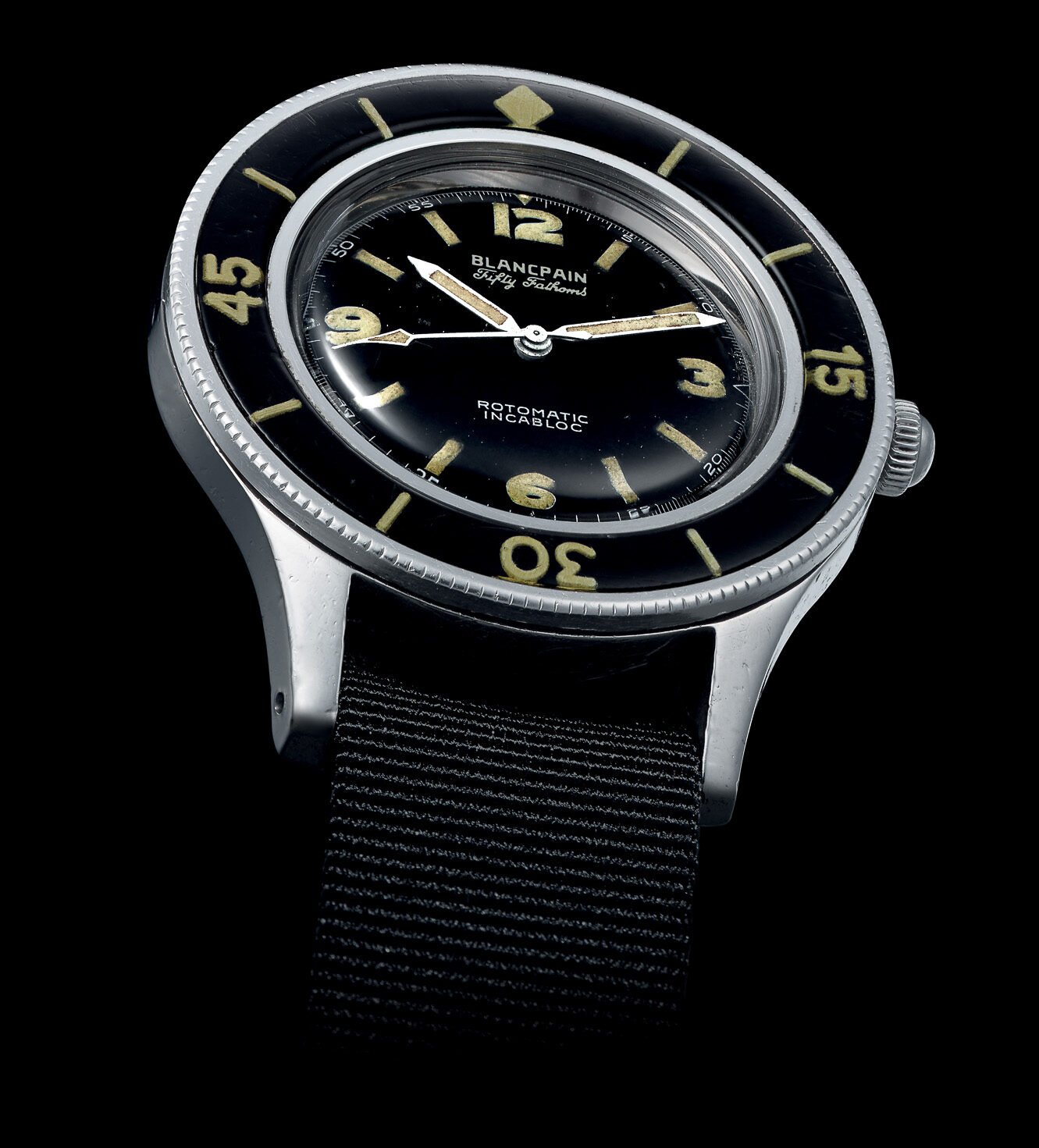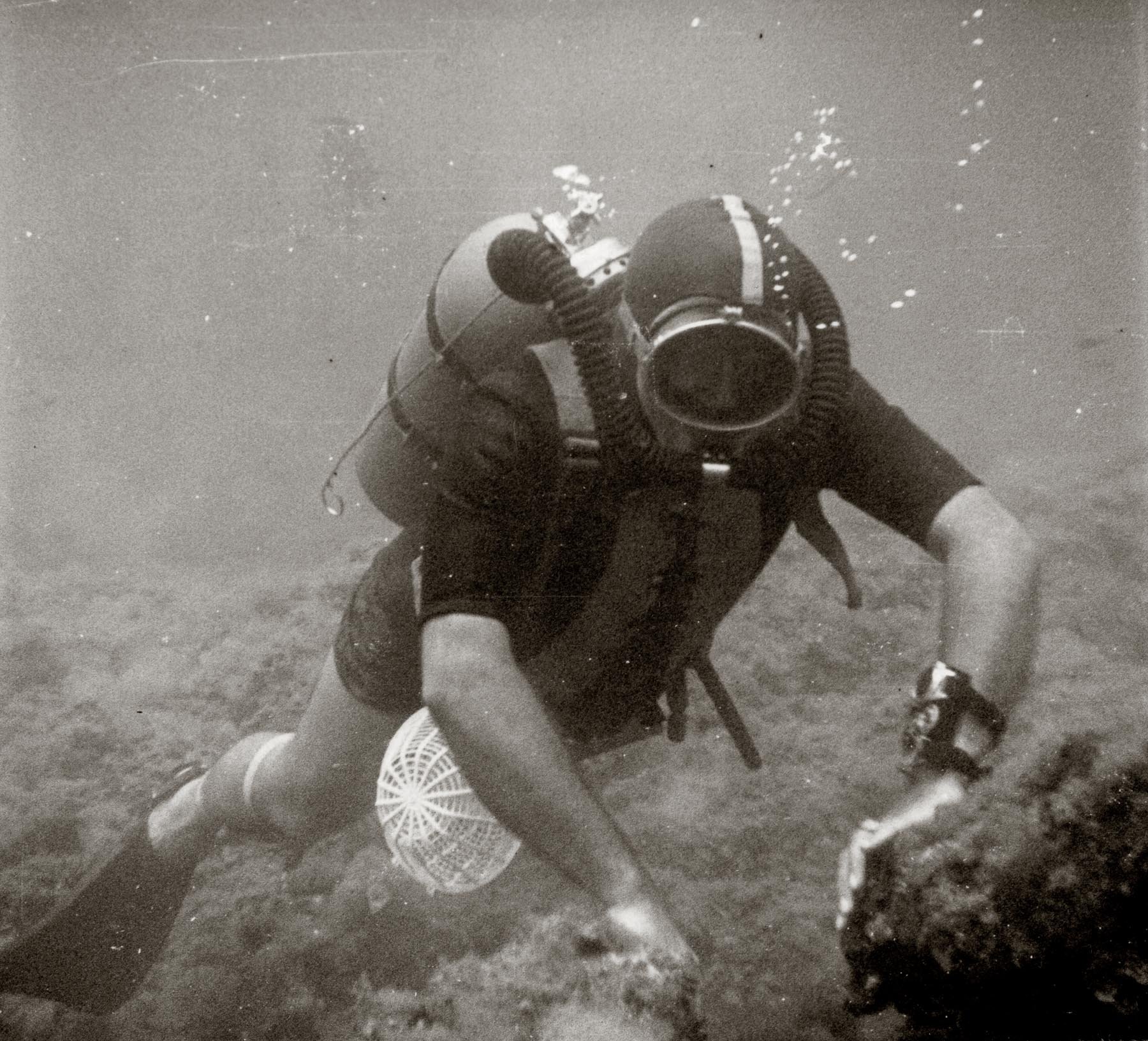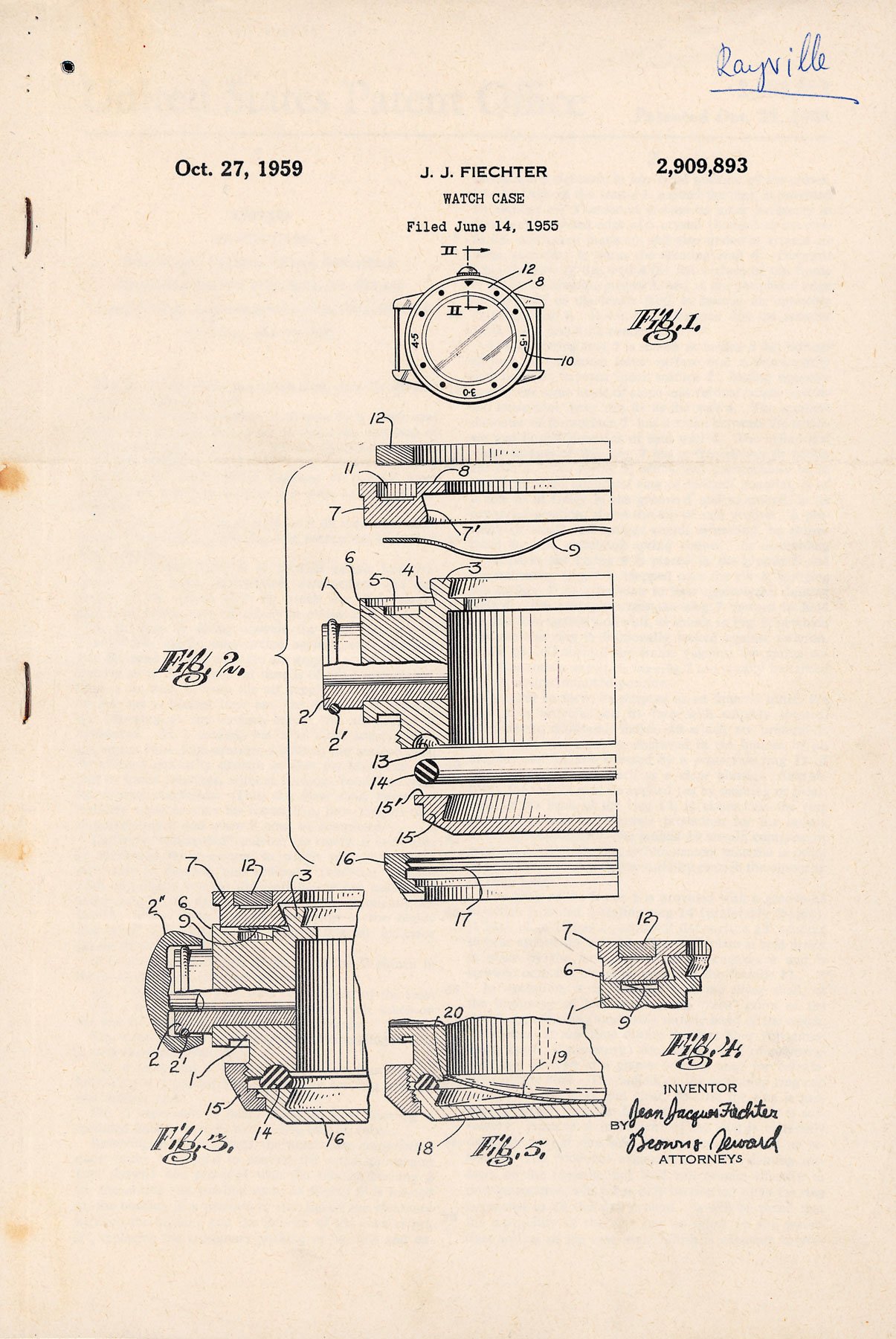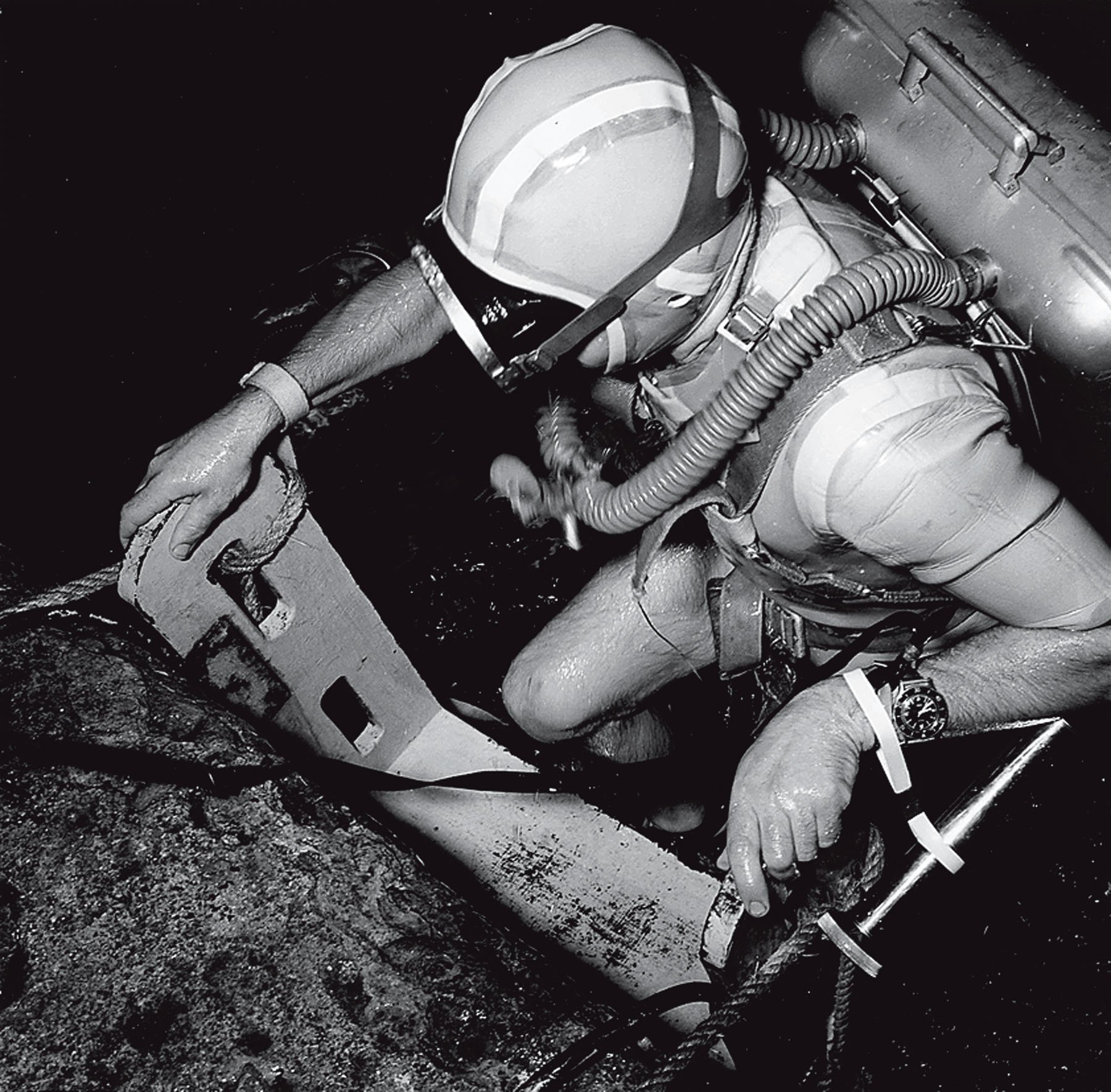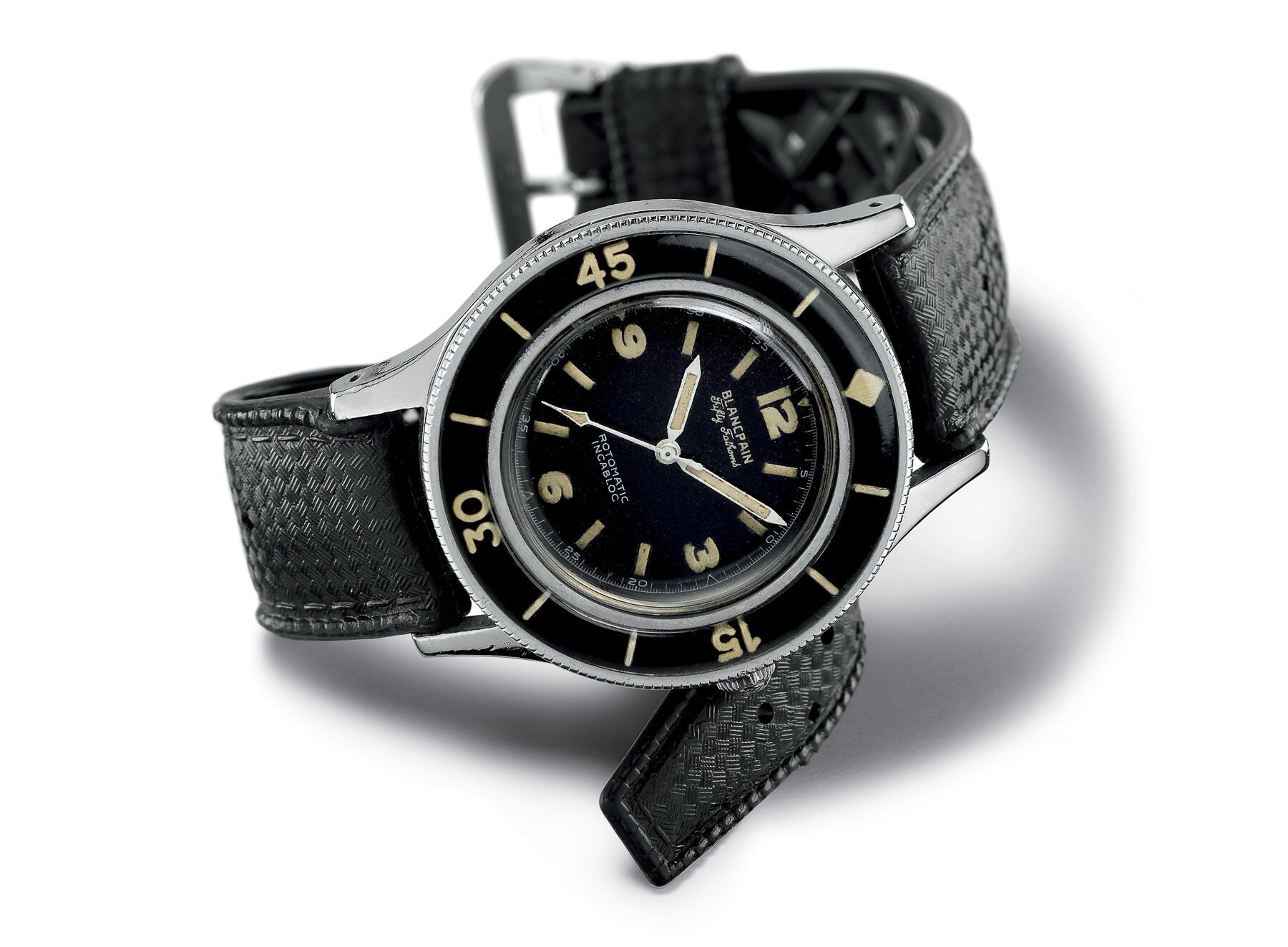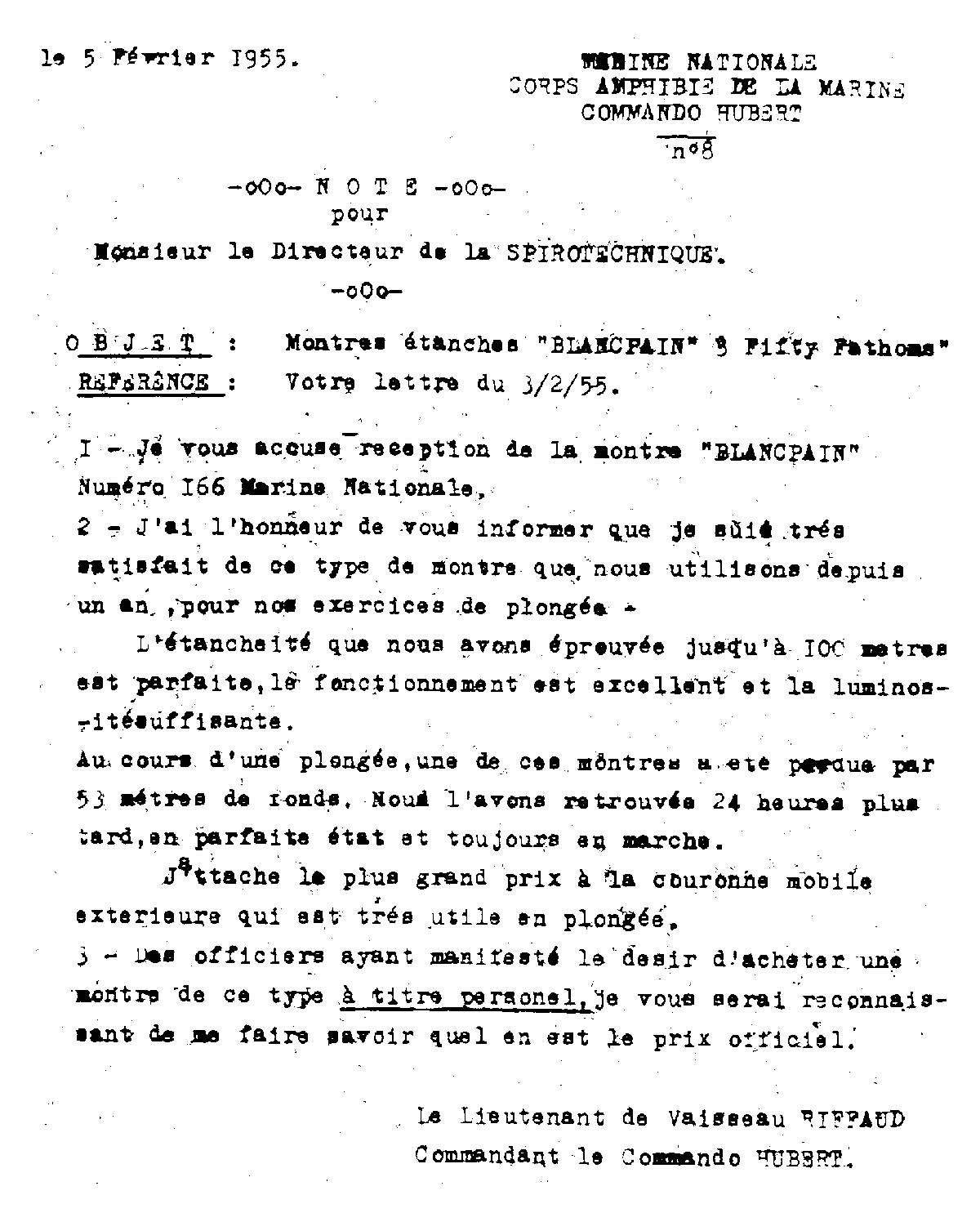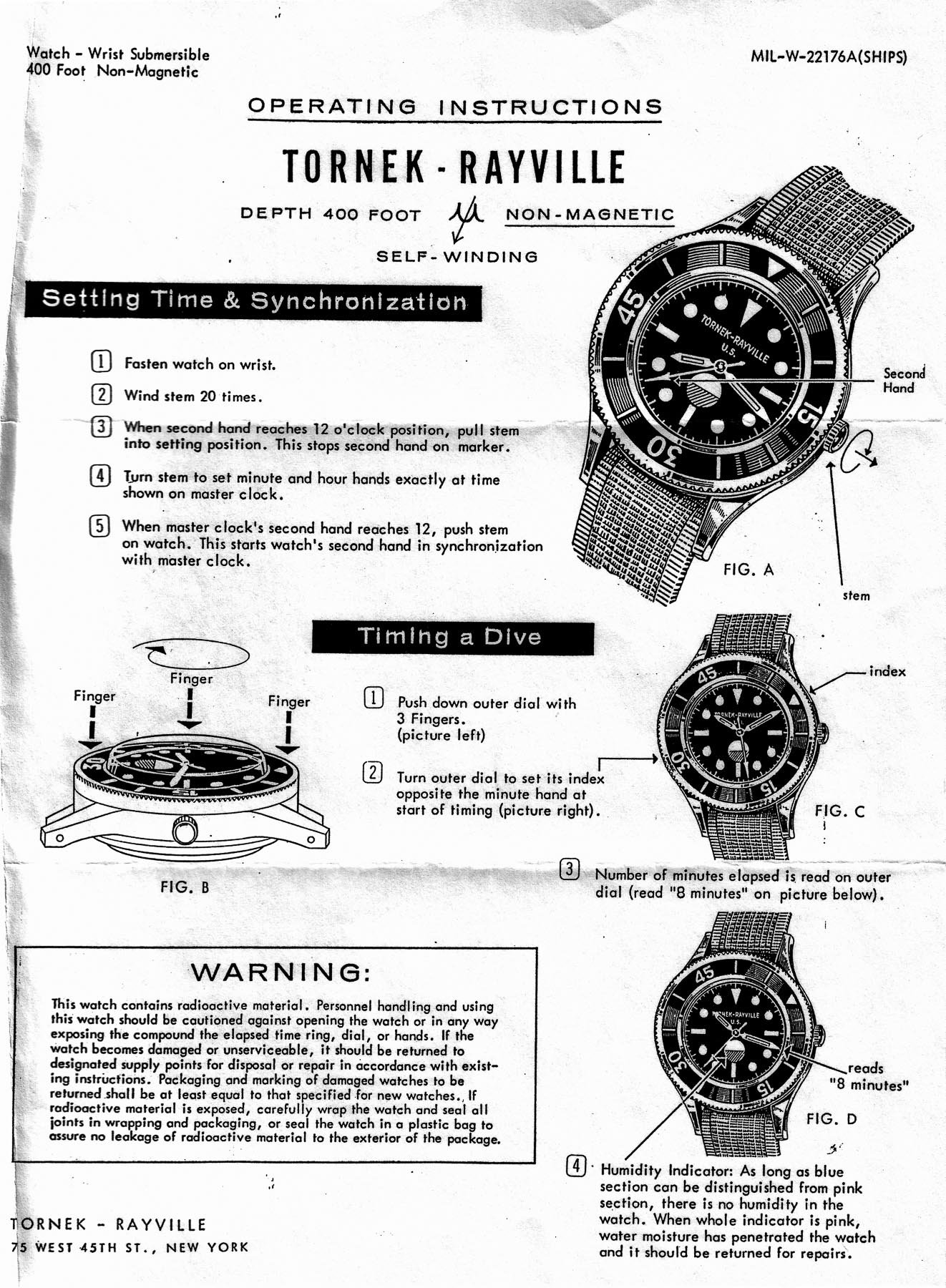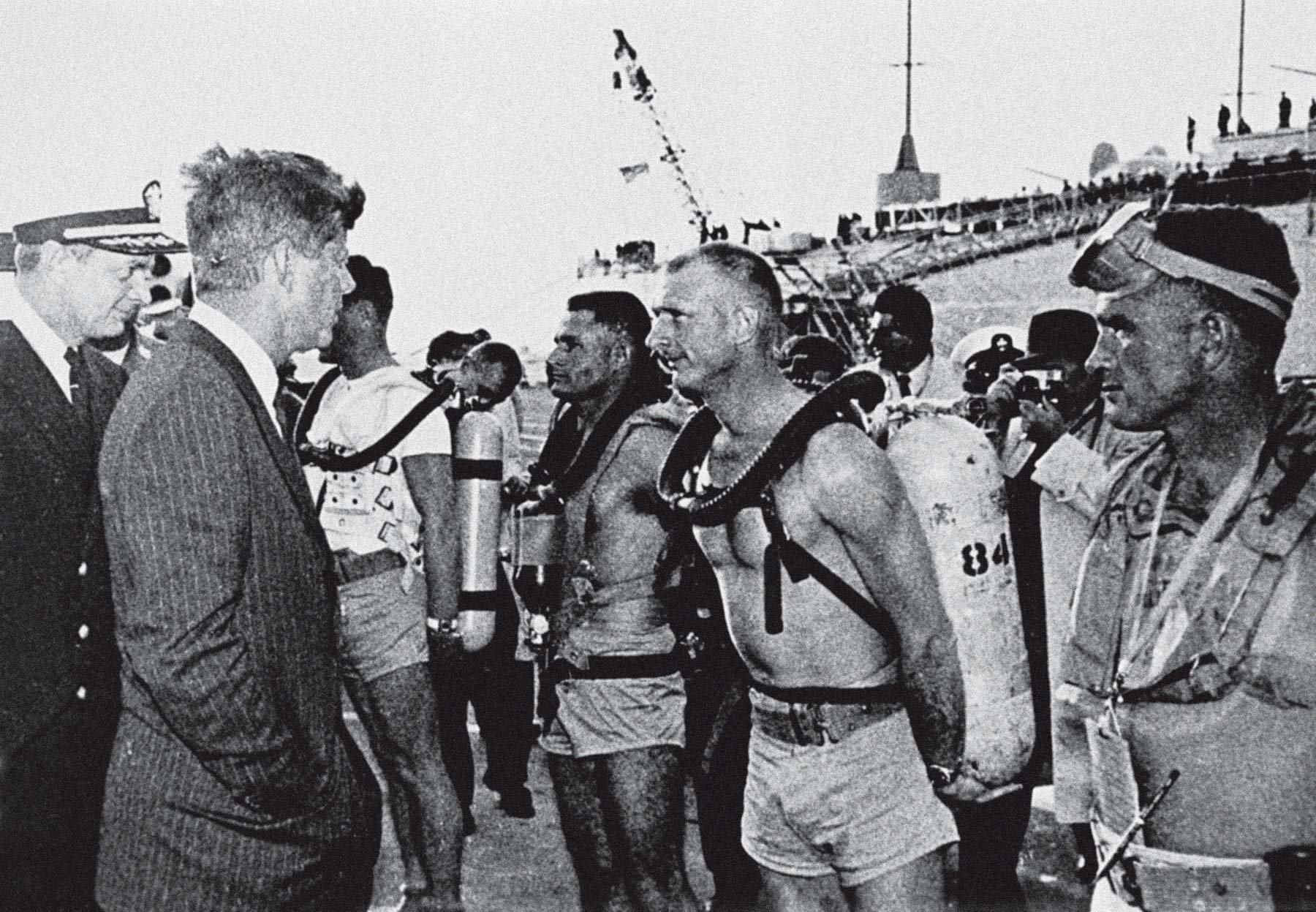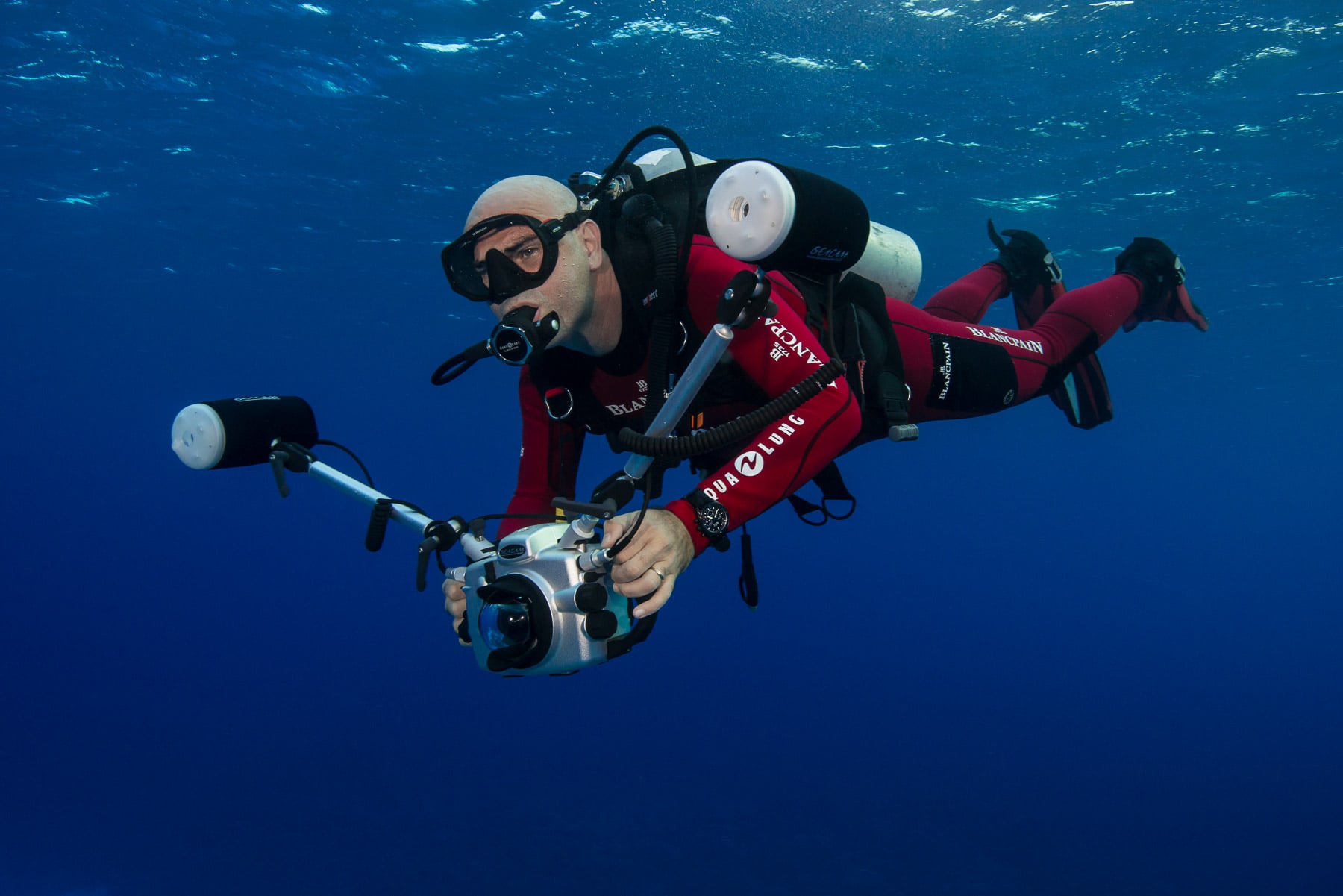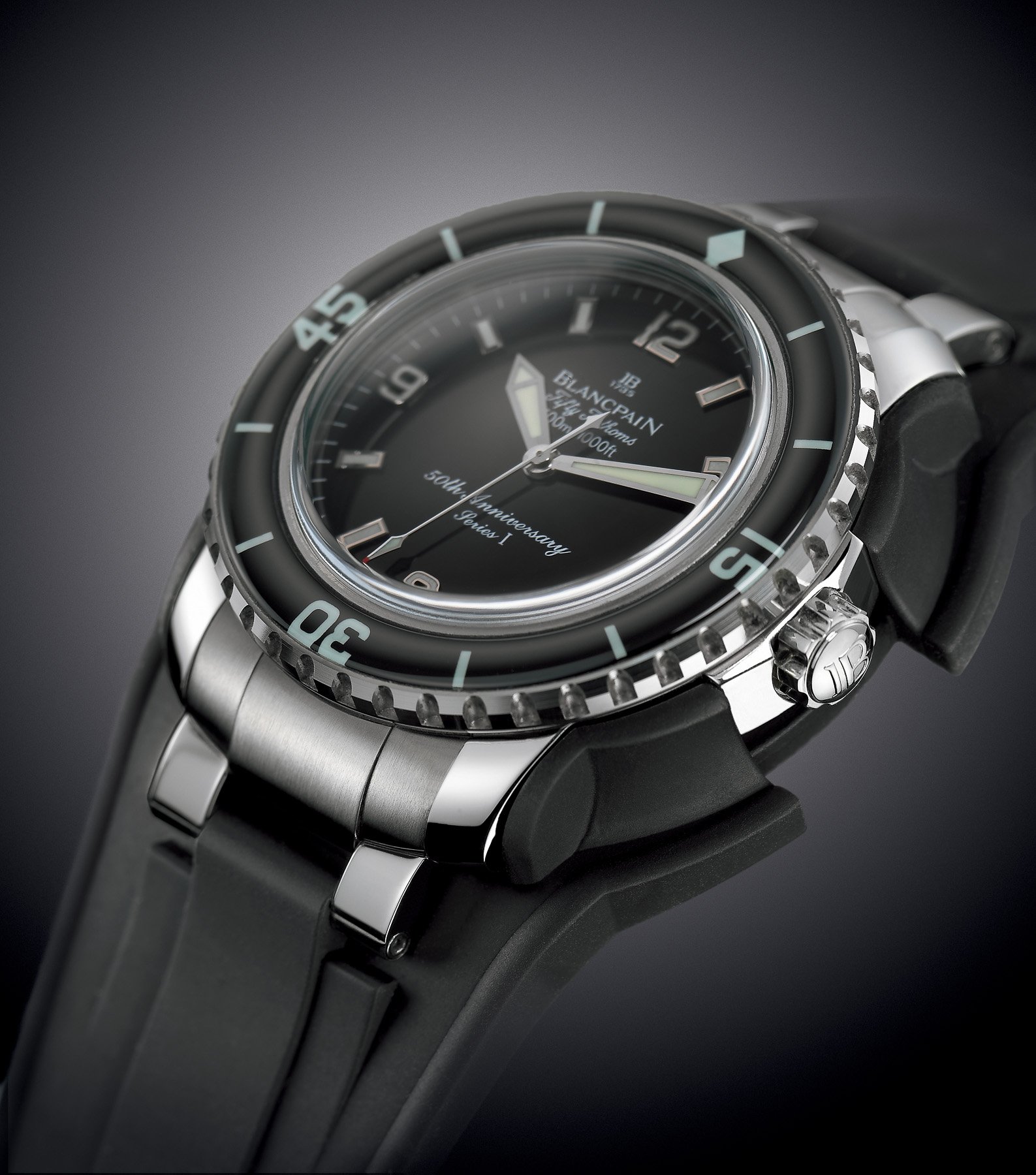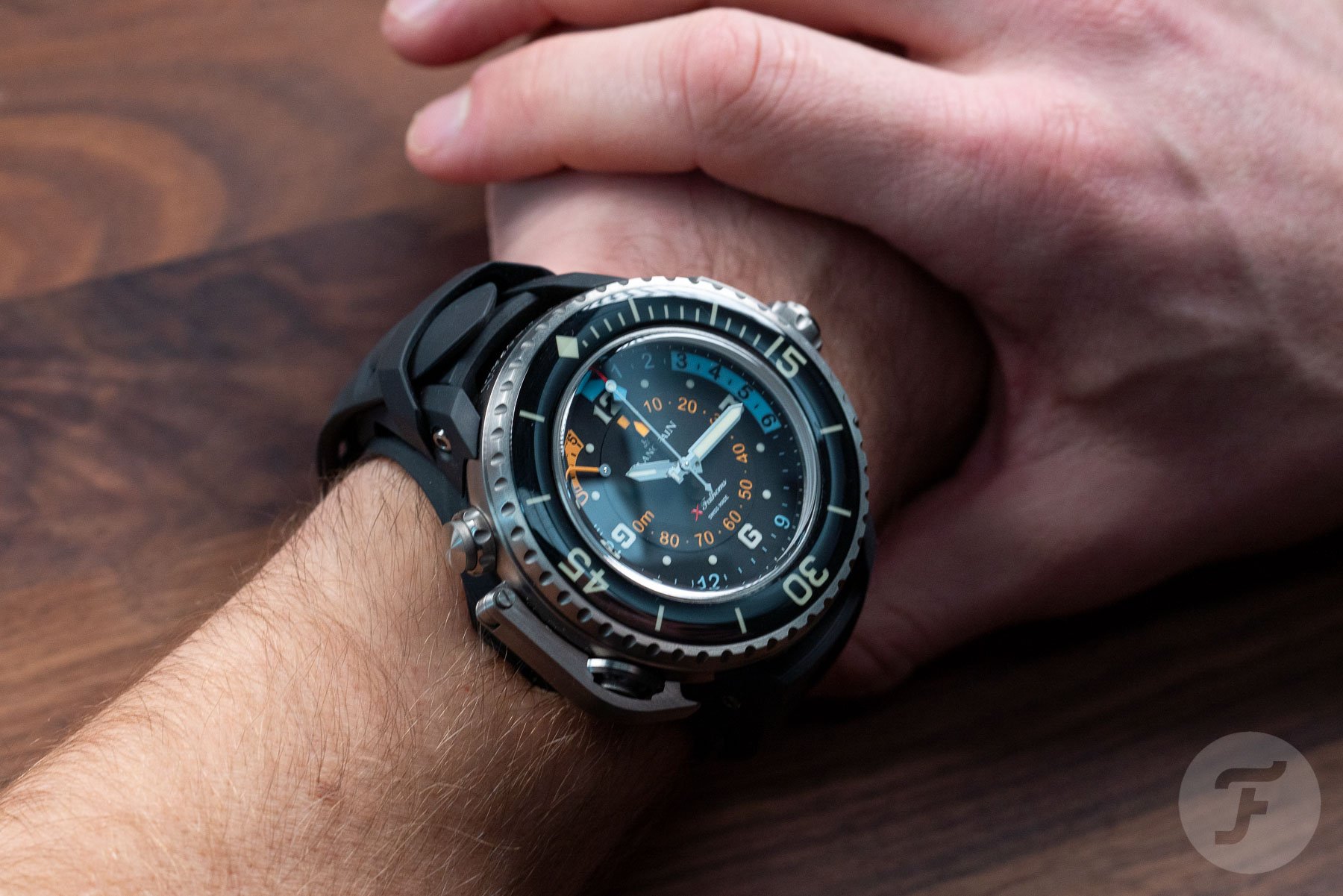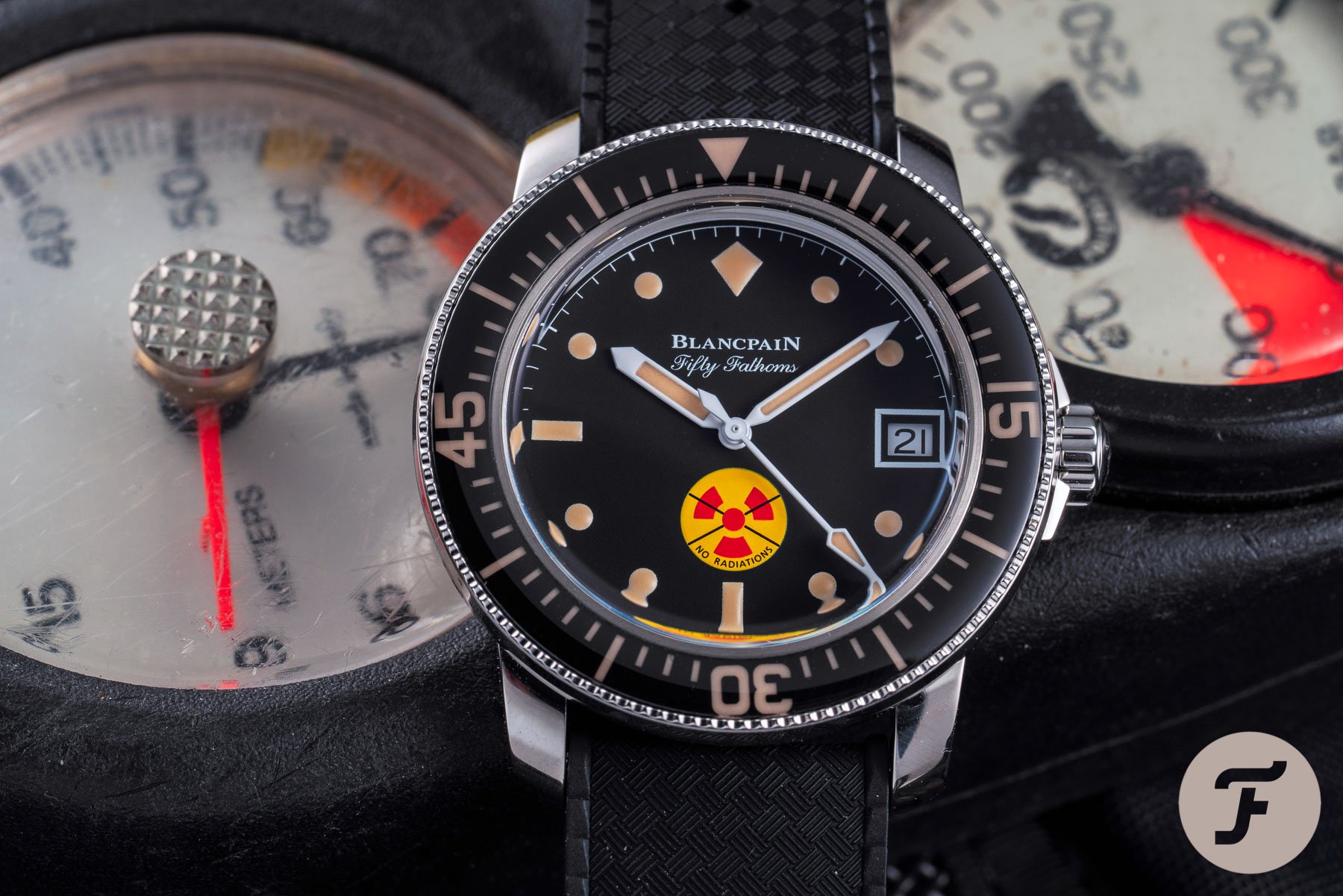The Very First Modern Dive Watch Was A Blancpain Fifty Fathoms
Introduced in 1953, the Blancpain Fifty Fathoms is widely regarded as the first modern dive watch equipped with a rotating unidirectional bezel with a diving scale. Like many great products, the Fifty Fathoms was born out of necessity. With more humans than ever before venturing into the deep, the world needed a reliable, purpose-built watch for divers.
The story of Blancpain’s Fifty Fathoms is a very interesting one that clearly demonstrates its pioneering spirit. It is a story about two quests for a dive watch, one by Blancpain’s then-CEO Jean-Jaques Fiechter and another by French naval officers Bob Maloubier and Claude Riffaud. These quests resulted in the watch that we know today as the Fifty Fathoms.
How a close call resulted in the Fifty Fathoms
Jean-Jacques Fiechter became the CEO of Blancpain in 1950 (until 1980) and was a passionate diver. During one of his dives in Villefranche-sur-Mer in France, he learned why he couldn’t dive without a reliable watch. On this specific dive, at a depth of 50 meters, he suddenly discovered that he had no air left. He needed to surface, but to do so safely, a diver also needs to make timed stops to decompress.
He survived, but it was a wake-up call to stay aware of the time spent underwater and mandatory decompression stops. Fiechter developed the criteria for a proper dive watch for himself and other divers. He obviously needed a water-resistant watch, which he tackled with a double-sealed crown. Even with the crown pulled out, the watch would remain water-resistant thanks to a second seal. The other requirement Fiechter penned down was having a rotatable bezel for timing the dive. If the bezel moved by accident, it could put the diver in harm’s way, as he experienced himself in Villefranche-sur-Mer. Thus, he came up with a locking mechanism for the bezel. To rotate it, the wearer needed to push the bezel down with three fingers.
Last but not least, he patented a mechanism for the seal of the screw-down case back. It kept the gasket within a special channel, avoiding the risk of misalignment when the watchmaker closed the case. His project came to life when he was able to source automatic movements, large cases, and soft iron inner cages to protect the calibers from magnetic fields. The name “Fifty Fathoms” came from Fiechter’s other passion for literature. It is a reference to a line from “Ariel’s Song” in Shakespeare’s The Tempest.
French Combat Swimmers Corps
Around the same time as the development of the Fifty Fathoms watch, French officers and World War II veterans Bob Maloubier and Claude Riffaud were assigned by the French Admiralty and Ministry of Defense to set up the French Combat Swimmers Corps, which later became known as the French Force Elite Diving Corps.
One of their responsibilities was to come up with all the gear needed for scuba diving, including a watch. They tried and tested watches that were on the market but were left with nothing but disappointing results. Existing watches were too small and illegible underwater. Even worse, they leaked.
But, as good accounts go, the French officers’ and Fiechter’s paths crossed at some point, and Blancpain was able to meet the requirements for a watch for the French Combat Swimmers Corps. After successfully testing some samples of the Fifty Fathoms, the French accepted the watch as part of their official diving equipment.
An early testimonial
In 1955, Marine Nationale Lieutenant Riffaud wrote a testimonial letter to Blancpain’s distributor, stating that his watch functioned perfectly at a depth of 100 meters and was sufficiently legible. Even more interestingly, he wrote in the same letter that one of the Fifty Fathoms watches was lost at a depth of 53 meters only to be found again 24 hours later in perfect condition and fully functioning.
US Navy Seals
The success didn’t stop there, though. Blancpain also supplied the US Navy with Fifty Fathoms watches through Tornek, a jeweler based in New York. At the time, Blancpain could not deliver watches directly as it was not a US company, but thanks to a contract with Tornek, it became possible.
After a qualification process, in which the watches were tested and certified in a laboratory, the “Milspec 1” Fifty Fathoms was created and found its way to the wrists of the US Navy Seals, the most prestigious diving corps in the USA.
These are just early examples of the professional use of Blancpain Fifty Fathoms watches, but they continued to be used by other diving corps all over the world as well. Some of the most famous non-military wearers of the Fifty Fathoms in the early years were perhaps Jacques-Yves Cousteau’s team of divers. The watches were worn while filming Cousteau and Louis Malle’s award-winning documentary The Silent World.
The Blancpain Fifty Fathoms in the last two decades
Between 1980 and 2000, the development of the Fifty Fathoms was largely put on hold. Other collections like the Villeret were put in the foreground, and the Fifty Fathoms didn’t receive the attention it deserved. However, that changed in 2002 when Marc A. Hayek (who had joined Blancpain a year before in a different role) took over as President and CEO of the brand. Just like Jean-Jacques Fiechter was, Hayek is an avid diver.
Hayek discovered some of the incredible vintage Fifty Fathoms watches in the Blancpain vault and has been determined to bring them back to life. In his second year as President and CEO of Blancpain, he introduced the Fifty Fathoms 50th Anniversary, using a similar dial style to the original 1953 model with oversized numerals at 3, 6, 9, and 12 o’clock. In addition, it was water resistant to 300 meters, equalling around 165 fathoms.
In the past 20 years, Blancpain has been introducing not only some hardcore dive watches like the Fifty Fathoms X Fathoms but also some incredibly good-looking vintage-inspired Fifty Fathoms models such as the No Rad. Limited Edition.
70 years of the Fifty Fathoms
We’re now on the eve of the 70th anniversary of the Blancpain Fifty Fathoms. Blancpain already communicated that this anniversary of the first modern dive watch will be celebrated with watches and experiences. It will mark 70 years of the Fifty Fathoms and 20 years of the contemporary Fifty Fathoms. We can’t wait to see what will be introduced in 2023.

